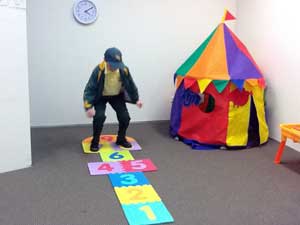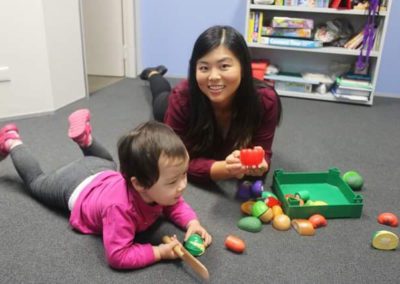Top 10 Tips for Meaningful Shared Book Reading
 The primary goal of shared book reading is to create a positive and enjoyable experience that fosters a love for reading and supports your child’s overall development. Here are our TOP 10 TIPS to make shared book reading a meaningful and enjoyable experience for both parents and children.
The primary goal of shared book reading is to create a positive and enjoyable experience that fosters a love for reading and supports your child’s overall development. Here are our TOP 10 TIPS to make shared book reading a meaningful and enjoyable experience for both parents and children.
1. Create a cosy reading environment. Find a comfortable and quite space – create a reading nook with pillows or a blanket to make the experience enjoyable, inviting and a special time for you to focus on connecting with your child through a story.
2. Choose age-appropriate books of interest. Your child will be more likely to engage and participate in shared booking reading and learning if they are interested in the story.
3. Follow the Child’s Lead. Allow your child to guide the reading experience. If they want to pause and talk about a specific page or illustration, go with the flow rather than only sticking to the text. This fosters engagement and active participation.
4. Take lots of pauses. Before engaging in shared book reading, model simple predictions based on the title and illustrations on the front cover. Take turns to guess what the story might be about before you start or what might happen next when reading.
5. Encourage Interaction. Ask open-ended questions about the story or characters to promote discussion. Encourage your child to share their thoughts, predictions, and feelings about the book. Discuss the pictures and word meanings to enhance comprehension and storytelling skills.
6. Connect to personal experiences. Relate the story to your child’s own experiences when possible. This connection helps build an understanding of what is happening in the story.
7. Extend the Story. After shared reading, extend the experience by engaging in related activities. This could include drawing pictures, acting out parts of the story, or finding more books on similar topics.
8. Use Animated Voices: Bring the story to life by using different voices for characters. This adds excitement and makes the characters more distinct, capturing the child’s attention.
9. Model a love for reading: Let your child see you enjoying reading. When parents read, they serve as positive role models for their children. Children are more likely to value reading if they see their parents doing it regularly. Model positive reading behaviour by expressing enthusiasm, making connections between books and daily life, and demonstrating good reading habits. This positive association with books can contribute to a child’s lifelong enjoyment of reading and learning.
10. Gradually Increase Complexity: As your child grows, gradually introduce more complex books with longer sentences and more intricate plots. This supports their evolving language and cognitive abilities.
Conclusion
I invite you to embrace these tips, not just as guidelines, but as keys to unlocking the vast potential that shared book reading holds in fostering meaningful connections and nurturing a lifelong love for the written word. May your shared reading adventures be filled with joy, laughter and the magic of stories that transcend generations. Happy reading!










